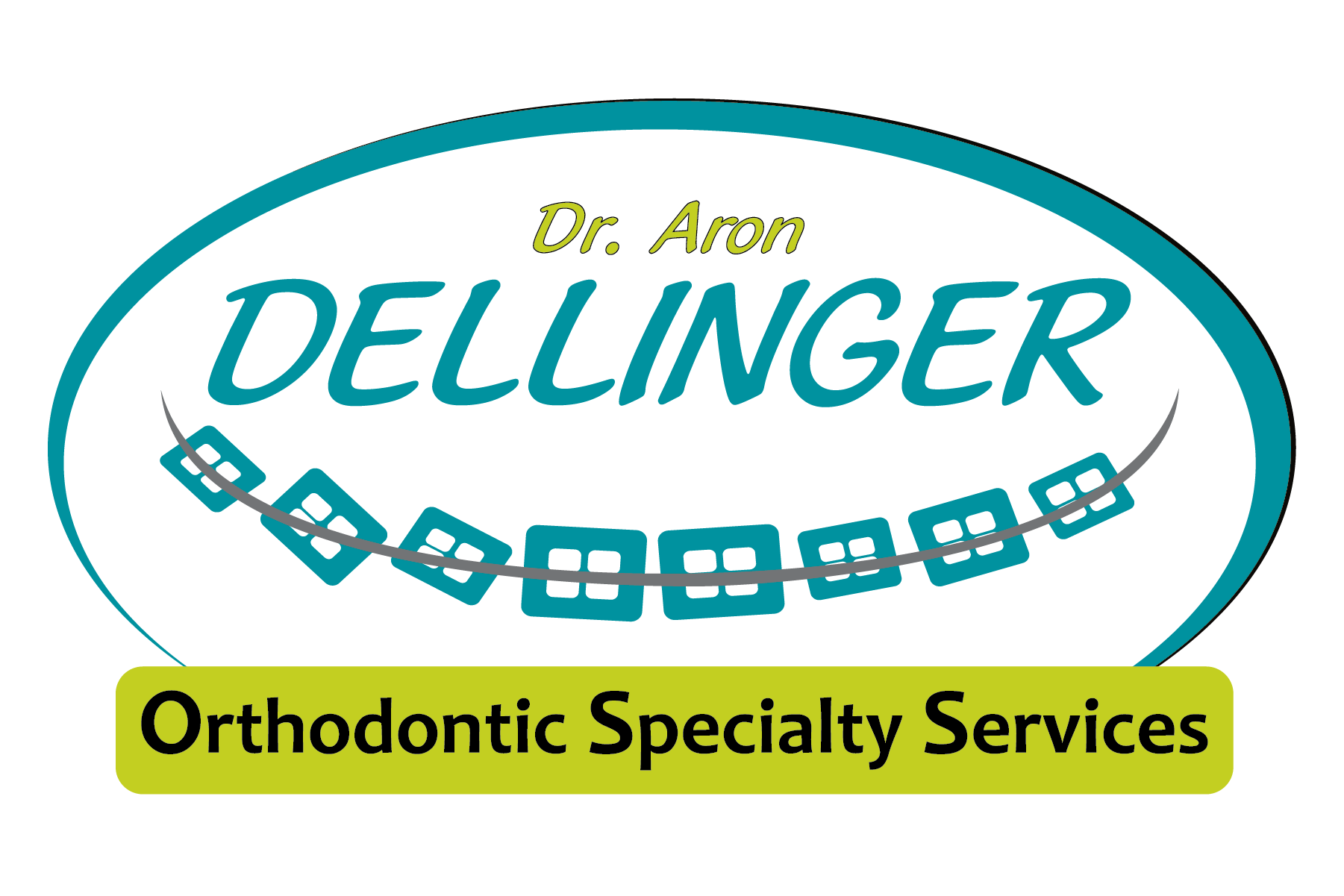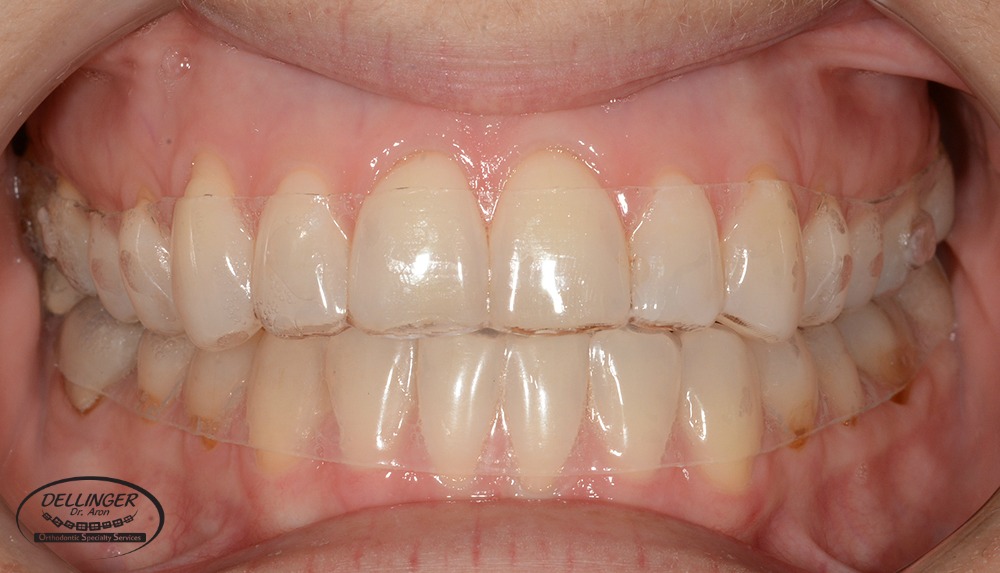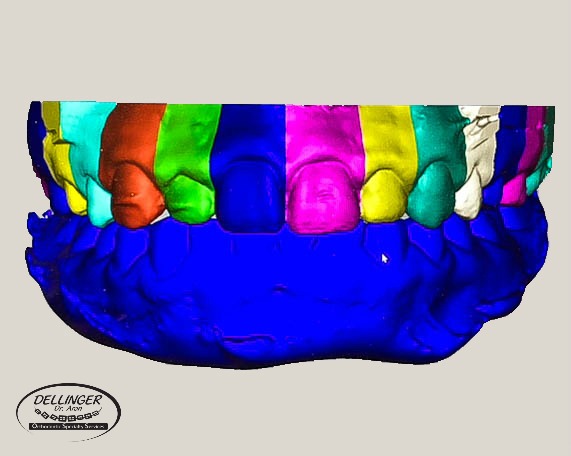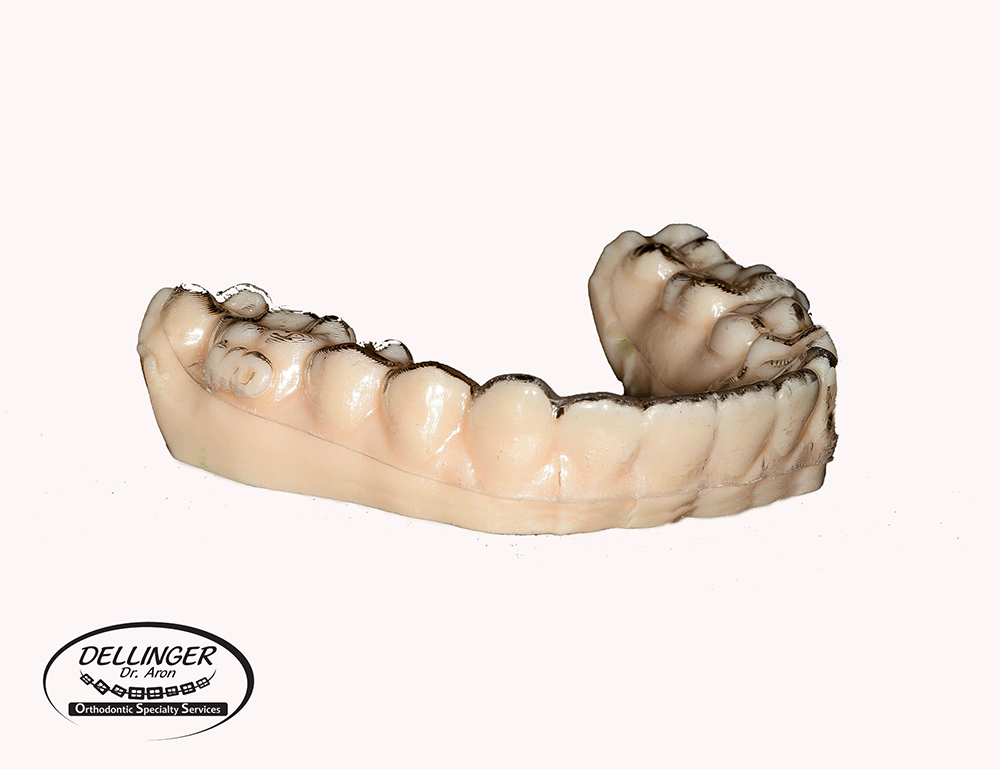Clear aligners, Invisalign… What exactly is it and how does it work?
I should preface this blog post with… aligners are not for everyone!! Many factors play into why braces or other devices may be substantially more effective for a specific patient.
Choosing the correct orthodontic appliance for a specific patient is critical to achieving the best results possible.
How do clear aligners move the teeth?
Clear aligners fit over the teeth, snapping over their convexities. A series of aligners is required to move teeth orthodontically. Each aligner has a slight change in its shape as compared to the previous one. This small change causes the aligner to flex a tiny amount as it goes over the teeth. That slight flex puts pressure on the teeth that will, over about two to three weeks of full time wear, move an individual tooth about .25mm.
Computer software and a 3D scan of the dental arches are used to specify where each individual tooth should move to create a “set-up” of the desired finished outcome. This set-up can be evaluated to determine which type of tooth movement is required to get the teeth from their starting positions to the projected outcome. Calculating the movement in millimeters and degrees provides the necessary data to determine the number of aligners required in the series to complete the case. More complex cases with lots of change in tooth position will require more aligners in the series, and thus treatment will take longer to complete.
Are there different types clear of aligners?
Yes…Invisalign (a clear aligner) is a product just like Kleenex (a facial tissue). There are several companies that produce aligners for tooth movement. Invisalign simply has such excellent brand recognition, very few people distinguish between the name brand and the actual device.
Invisalign is a clear aligner product marketed, by Align Technologies, a multi-billion dollar a year international company. Align Technologies was the first company to deliver a system of clear aligners that could be used for comprehensive tooth movement. I was very early on the scene with Invisalign and became certified in the technique 20 years ago.
In every market there are advantages and disadvantages to choosing a specific brand of product. Invisalign has some very attractive features. The process of using Invisalign is very much about the service. An intra oral 3D scan or impression of the teeth is sent to Invisalign along with a “treatment preferences” form. Invisalign uses the scan or impression to make a virtual model of the teeth, and then manipulates the model to accommodate the “treatment preferences” determined by the doctor. About 3 weeks after sending in the case, a file is sent to the doctor for approval to see if the doctor likes what is shown. By clicking okay the whole series of aligners from start to finish is made and shipped. They usually arrive after another 2 or 3 weeks. So it takes about 6 weeks to get the aligners to the patient, and that’s a bit longer to get started than most consumers would like.
However, there are a few drawbacks. Very little direct doctor involvement is required to achieve a set up using Invisalign. What if, out of a 20 aligner series, at aligner number 7 the computer model didn’t accurately simulate how the teeth would move? The answer…aligner number 7 doesn’t go in properly. So, what happens now? Aligners number 8 through number 20 will also not go in properly. The whole package of aligners from aligner number 7 forward is now a bag of trash…(At $160/pair, if you’re counting top and bottom together)…That’s pretty expensive trash, $2240…Ouch! As a practitioner, not only is the risk of wasted aligners a concern, but also what it adds to time in treatment. Basically the “mid-course correction” process involves another scan and another 6 weeks waiting for new aligners to arrive. Also, there is the “mid-course correction fee”…another ouch! I cannot speak for other professionals but I don’t charge my patients extra when appliances don’t fit. I eat the extra cost and lose money on those cases. So, if you’re wondering why Invisalign is so expensive everywhere…The risk of wasted aligners, and “mid-course correction” factors into case cost.
I actually stopped using Invisalign and started using another system called “Orchestrate” about four years ago. Orchestrate is a highly interactive clear aligner system. The system is similar to Invisalign regarding how the aligners are derived…except instead of having the company do the set up, I do the set up myself. Rather than treatment preferences that are generic to how I want to finish…I personally set up each specific case as I want the teeth to be moved at every stage of treatment. Also, instead of printing all of the aligners at once, I print models of the teeth at the various stages and make the aligners in my own lab. I also only print three models in the series at any given time, so if there is an error in the predicted tooth movement very little waste of material, money and time has occurred. Another advantage to Orchestrate is that I can see a patient for an exam, take a scan of the teeth, and give the first set of aligners to that patient in only three weeks, half the wait time of Invisalign!
What about DIY aligners?
I have a phrase for this one… “Don’t DIY healthcare!” There are so many things wrong with mail order aligners that it’s hard to find a starting point. First… no x-rays or CBCT imaging is used, meaning, you don’t know what is going on under the gums. Teeth can move where there is bone, and if you move them out of the bone they will be lost! Simply put you do not know if there is any bone around those teeth. Without x-rays there is no way to tell! Is there a disease process at work under the gum tissue that would compromise the health of the teeth if they are moved? Again, no way to tell without x-rays.
Moving your teeth, even a small amount, affects your bite, tooth wear, your facial muscles, and your jaw joint. Every day, I meet a new patient who has a very small concern, and we have a consult to discuss something like closing a small space between the upper front teeth. I take photographs, x-rays, look at the tooth charting and gum tissue probing depths sent from the dentists’ office, perform a range of motion analysis of the jaw joint, and then we discuss our findings. Interestingly, it almost never is as simple as just sliding the two front teeth together and done. The space got there somehow, and there is something making it stay. “Just a little cosmetic touch up” without big picture perspective almost always leads to excess tooth wear, damage to the enamel, sore muscles, and sore teeth. Orthodontists have on average twelve years of college, and sometimes we get fooled by an easy looking case… DON’T TAKE CHANCES WITH YOUR HEALTHCARE!




